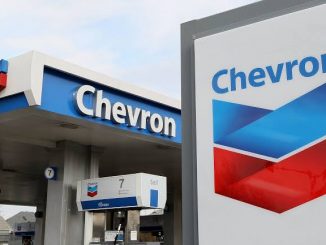
A senior member of the Fair Work Commission (FWC), Australia’s industrial umpire, is hosting talks in the Western Australia state capital of Perth every day this week, as first reported by Reuters on Friday.
Chevron Australia hoped to “narrow points of difference” through the mediated bargaining sessions, a spokesperson said.
Employees last week almost unanimously rejected a pay and conditions deal put to them directly by Chevron, bypassing unions.
The Offshore Alliance, a coalition of two unions, did not immediately respond to a request for comment about the status of the talks, which are not open to the public or media.
Industrial action will begin at 6.00 am local time on Thursday (2200 GMT on Wednesday) at Chevron’s Gorgon and Wheatstone projects, which account for more than 5% of global LNG production capacity, if parties cannot find a resolution.
Employees plan work stoppages of up to 11 hours in several time blocks and will stop performing certain tasks until at least Sept. 14.
The union group has said the stoppages could cost Chevron “billions of dollars.”
Prolonged industrial action could disrupt LNG exports and increase competition for the super-chilled fuel, forcing Asian buyers to outbid European buyers to attract LNG cargo. China and Japan are the top two lifters of Australian LNG, followed by South Korea and Taiwan.
ALSO READ: Italian Eni to sell Nigerian oil and gas unit NAOC to Oando
Gorgon, Australia’s second-largest LNG plant, has an export capacity of 15.6 million tonnes a year and Wheatstone 8.9 million.
Australia is the world’s biggest LNG exporter and the dispute has stoked volatility in natural gas markets with players nervous about the risk of long-term disruption.
A similar dispute between the union alliance and Woodside-operated (WDS.AX) North West Shelf LNG facility, Australia’s biggest, was resolved last month after workers approved a deal.



